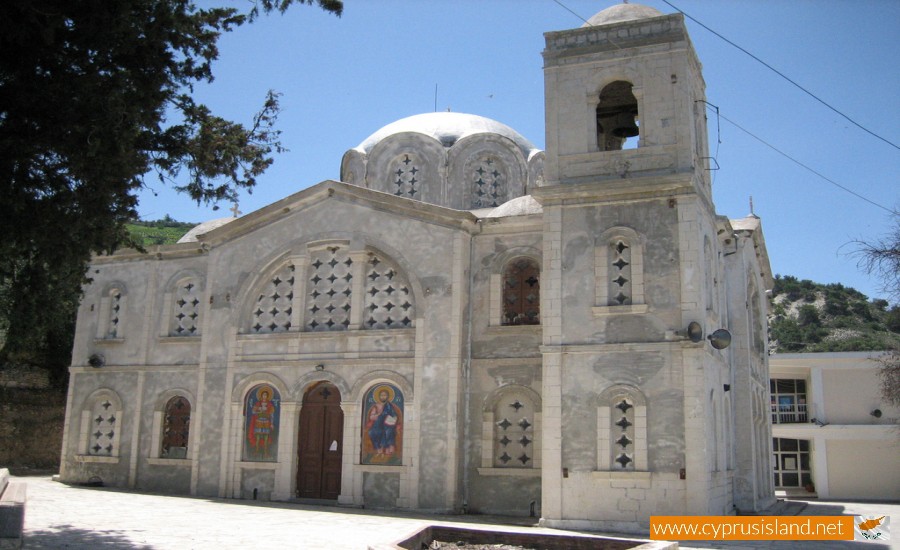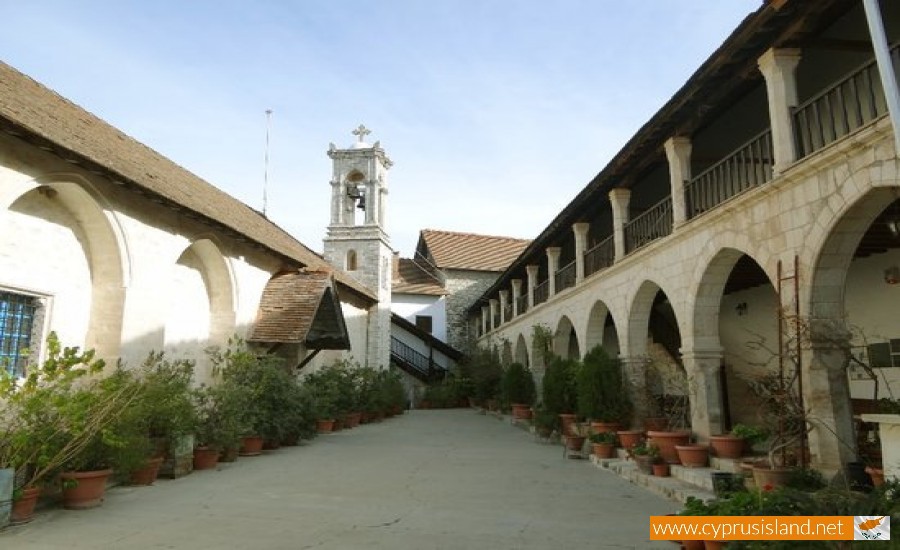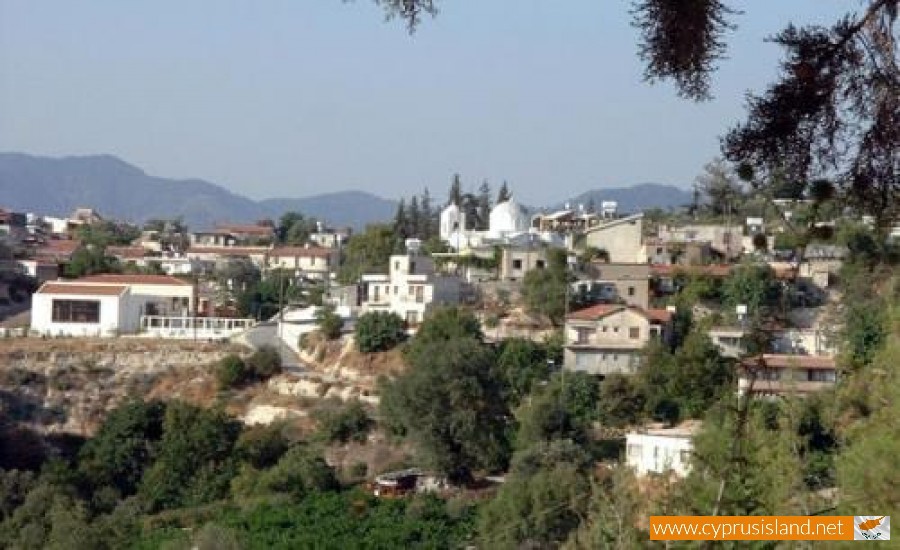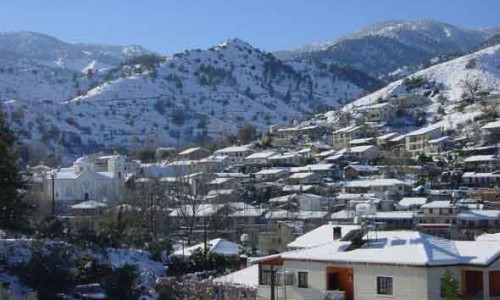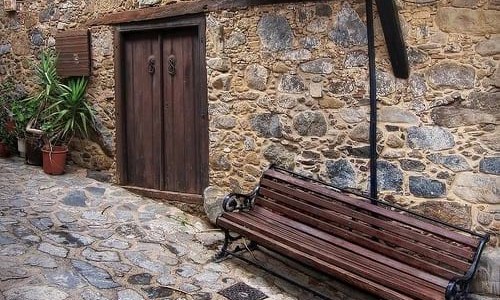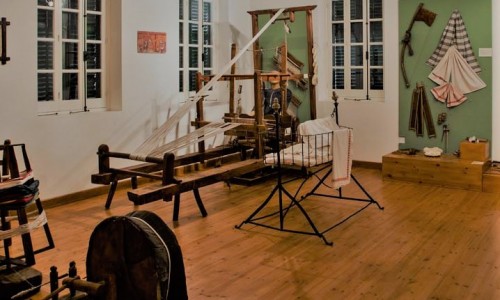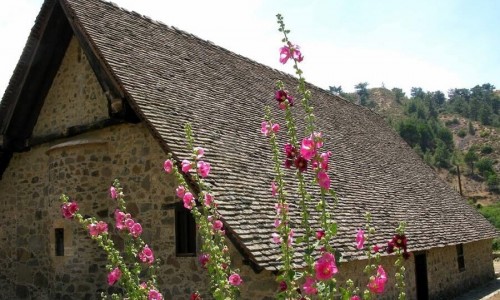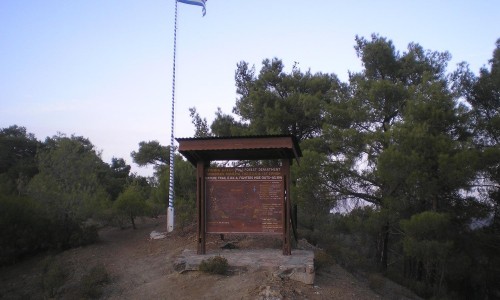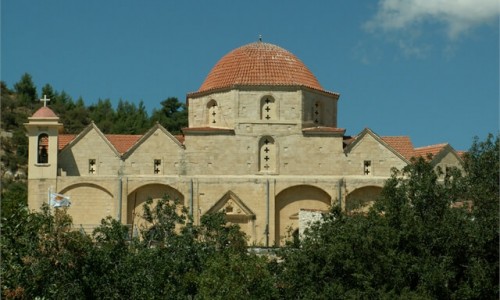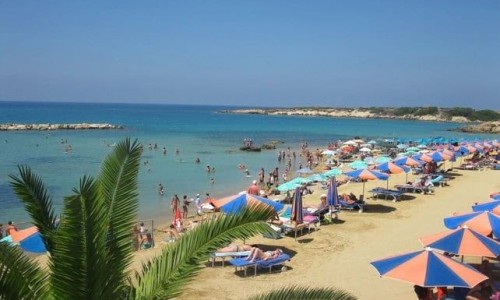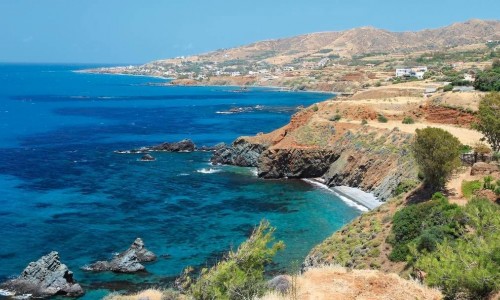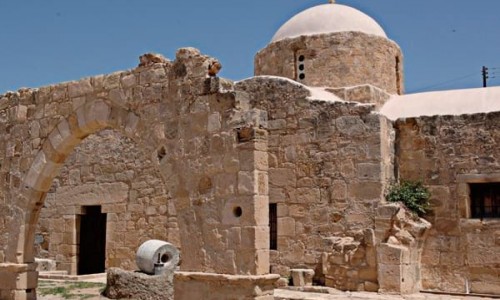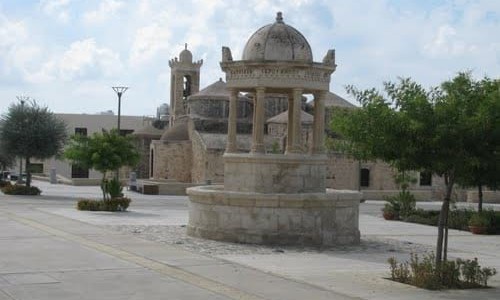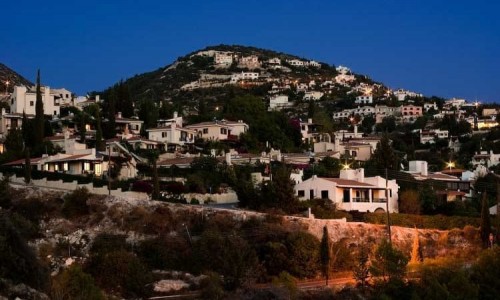Pano Panagia Village
Pano Panagia (Greek: Πάνω Παναγιά), also simply known as Panagia, is a picturesque mountain village in the Paphos District of Cyprus. Positioned approximately 900 meters above sea level, it lies on the fringe of the expansive Paphos Forest and is about a 35-minute drive from Paphos International Airport.
The village’s name, meaning “Virgin Mary,” reflects its rich religious heritage, with multiple churches and monasteries dedicated to the Virgin scattered in and around the area.
Historical Roots & Evolution
Historically, Pano Panagia emerged as a successor to an older settlement known as Kato Panagia (“Lower Panagia”), which was eventually abandoned—possibly due to landslides or sedimentation, as recounted in local tradition.
During Frankish times, the area may have even functioned as a fief known as Casal Nostra Donna (House of Our Lady). In recent decades, like many rural villages in Cyprus, its population has declined, but its character and cultural richness remain strong.
Religious Heritage & Landmarks
Pano Panagia is renowned for its spiritual landmarks:
- Panagia Eleousa: Dating back to the 14th century, this humble church showcases the local "barn-roof" architectural style. A unique folk custom involves wrapping the church in cotton cords as protection against evil, highlighting the Virgin’s role as a guardian figure.
- Panagia Chrysorrogiatissa Monastery: Founded in 1152 AD by monk Ignatius under Byzantine rule, this monastery houses an esteemed treasury featuring ancient icons (some dating to the 14th century), Venetian chandeliers, vestments, and other ecclesiastical artifacts.
- Monastery of Panagia Kykkou: Although located about 15 miles away, it has close spiritual ties with the village and is one of the most important monasteries on the island
Cultural Heritage & Notable Figures
Pano Panagia is the birthplace of Archbishop Makarios III, the first President of the Republic of Cyprus, born in 1913. Visitors can explore:
- Makarios’s Birthplace: Preserved as a museum, it offers insights into his early life and legacy.
- A folk museum in the municipal building displaying traditional artifacts and offering a window into the village’s past.
Natural Wealth & Outdoor Experiences
Surrounded by rich flora and fauna, the village is an excellent base for nature lovers:
- Cyprus Mouflon: The rare mountain goat species roams the nearby Paphos Forest and is a symbol of the area.
- Vouni Panagias Viticultural Zone: This is one of the island’s most celebrated wine-producing regions, with local vineyards producing excellent Cypriot wines.
- Vouni Nature Trail: A three-hour scenic hike starting from the village square that winds through forested landscapes and vineyards.
The area is also known for its orchards, almond and olive groves, and vegetable fields, reflecting its strong agricultural traditions.
Festivals & Community Life
Religious and cultural life in Pano Panagia is vibrant and deeply rooted:
- Feast of the Virgin Mary on August 14, with liturgical celebrations and gatherings.
- The cultural festival “Ta Rogiatika”, held annually on August 15, featuring traditional music, Cypriot dances, and communal feasting.
Visitor Information & Travel Tips
- Access: The village is about 33 km northeast of Paphos town and easily reached by car.
- Accommodation & Dining: Visitors can stay in cozy stone-built guesthouses and enjoy local tavernas serving authentic Cypriot meze.
- Art & Culture: Around Chrysorrogiatissa Monastery, a gallery and conference center showcase the works of Cypriot and international artists.
- Village Life: Coffee shops, co-ops, youth centers, and a community amphitheater reflect the close-knit spirit of the village.
Pano Panagia is a captivating tapestry of history, spirituality, and natural beauty. With its strong religious heritage, scenic vineyards, vibrant traditions, and the legacy of Archbishop Makarios III, it offers a journey that blends cultural discovery with the serenity of mountain life. For travelers seeking authenticity, tranquility, and a taste of rural Cyprus, Pano Panagia is a village well worth exploring.


